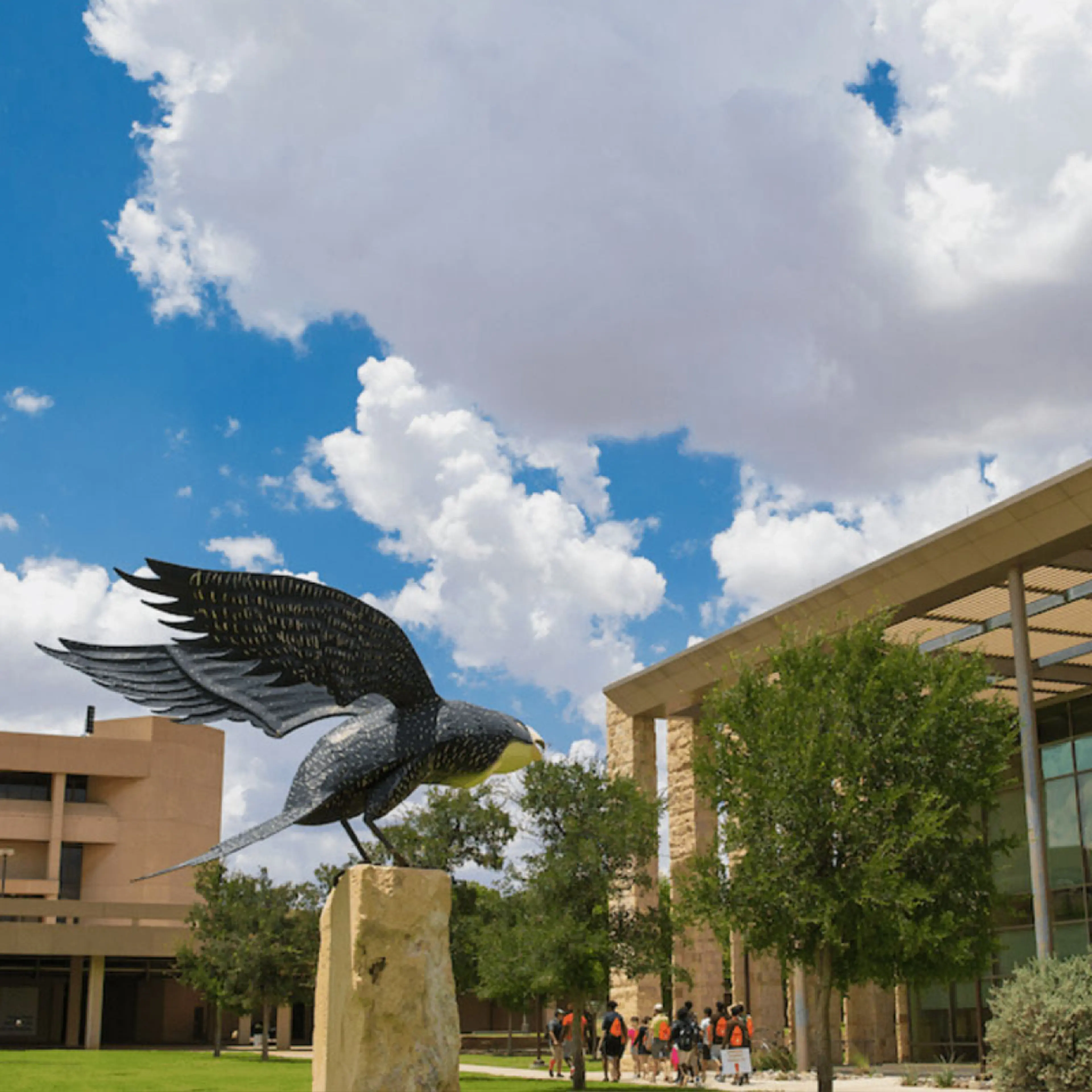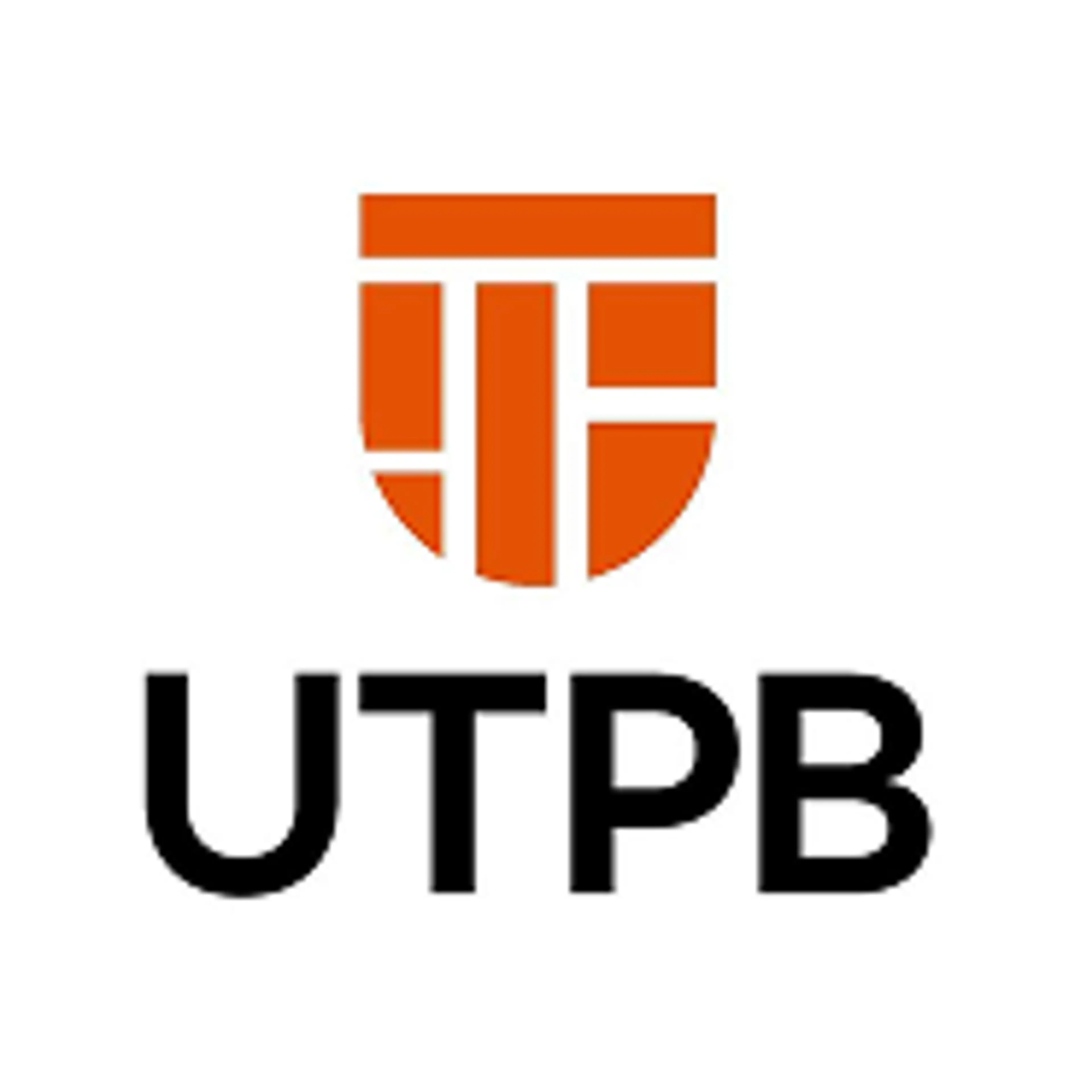

Discover 5 key takeaways from our webinar with Tyton Partners to support students and reduce staff and advisor burnout.
The latest Driving Toward a Degree report from Tyton Partners paints a clear picture: student support teams are being stretched to their limits. High advising caseloads, persistent staffing shortages, and rising student expectations are making it increasingly difficult to deliver the personalized guidance learners need to succeed.
To dig into what this data means on the ground, Stellic’s Lisa Van Ever recently hosted a webinar with Kathy Shaw (Tyton Partners), Dr. Kristen Plesel (University of Wisconsin–Whitewater), and Dr. Eileen Crawford (higher education consultant and former provost). Together, they explored how campuses can respond to these pressures and rethink student support for today’s realities. Here are five pieces of advice they shared for rethinking student support in sustainable, student-centered ways.
When resources are stretched thin, the instinct is often to keep adding tasks onto already full plates. But real progress starts with asking: What can we stop doing? By letting go of outdated or low-impact practices, staff can dedicate more time to what truly matters. This shift not only improves the student experience but also helps advisors feel less overwhelmed and more energized in their work.
Advisor burnout is one of the biggest risks to student success, and preventing it means getting creative with how work is structured. Some campuses are redistributing duties during peak times, borrowing staff capacity from other units, or involving faculty with lighter teaching loads as advising specialists. Others are building clearer career pathways so advisors see long-term growth opportunities. The message is clear: when institutions take care of their staff, staff are better able to take care of students.
Technology can be a powerful ally—but only when it’s used to support, not substitute, the human connection that keeps students engaged. The right tools can take routine tasks off advisors’ plates, surface early warning signs through data, and streamline processes behind the scenes. At Wisconsin–Whitewater and other campuses, platforms like Stellic have been adopted to give advisors greater visibility into how students are planning their paths and to highlight where extra support may be needed. With this kind of clarity, advisors can spend less time chasing down information and more time focusing on meaningful conversations, building trust, and helping students feel seen and supported.
Many students miss out on services simply because they don’t know about them or don’t see them as meant for “someone like me.” That’s why institutions need to make support easy to find, both physically and digitally. This might mean embedding touchpoints in classrooms, relocating advising to high-traffic student spaces, or even connecting with students on the platforms they already use. The goal is to weave support into students’ everyday lives so it feels natural, approachable, and impossible to overlook.
The students who need the most help are often the least likely to seek it out. Proactive models turn that around by reaching out early and coordinating across departments so students don’t have to tell their story over and over again. From one-stop shops to digital hubs, institutions are finding ways to create smoother pathways to support. At the heart of this approach is a simple promise: every student should feel like they have someone in their corner who knows them and is ready to guide them forward.
Supporting students in today’s higher education landscape isn’t about doing more with less—it’s about doing things smarter, together, and with intention. By rethinking roles, using technology wisely, meeting students where they are, and fostering a culture of proactive, coordinated care, institutions can create environments where both staff and students thrive.
The panelists’ experiences show that meaningful change is possible, even in the face of limited resources. To hear the full conversation and dive deeper into their strategies, we invite you to watch the Driving Toward a Degree webinar on-demand below.